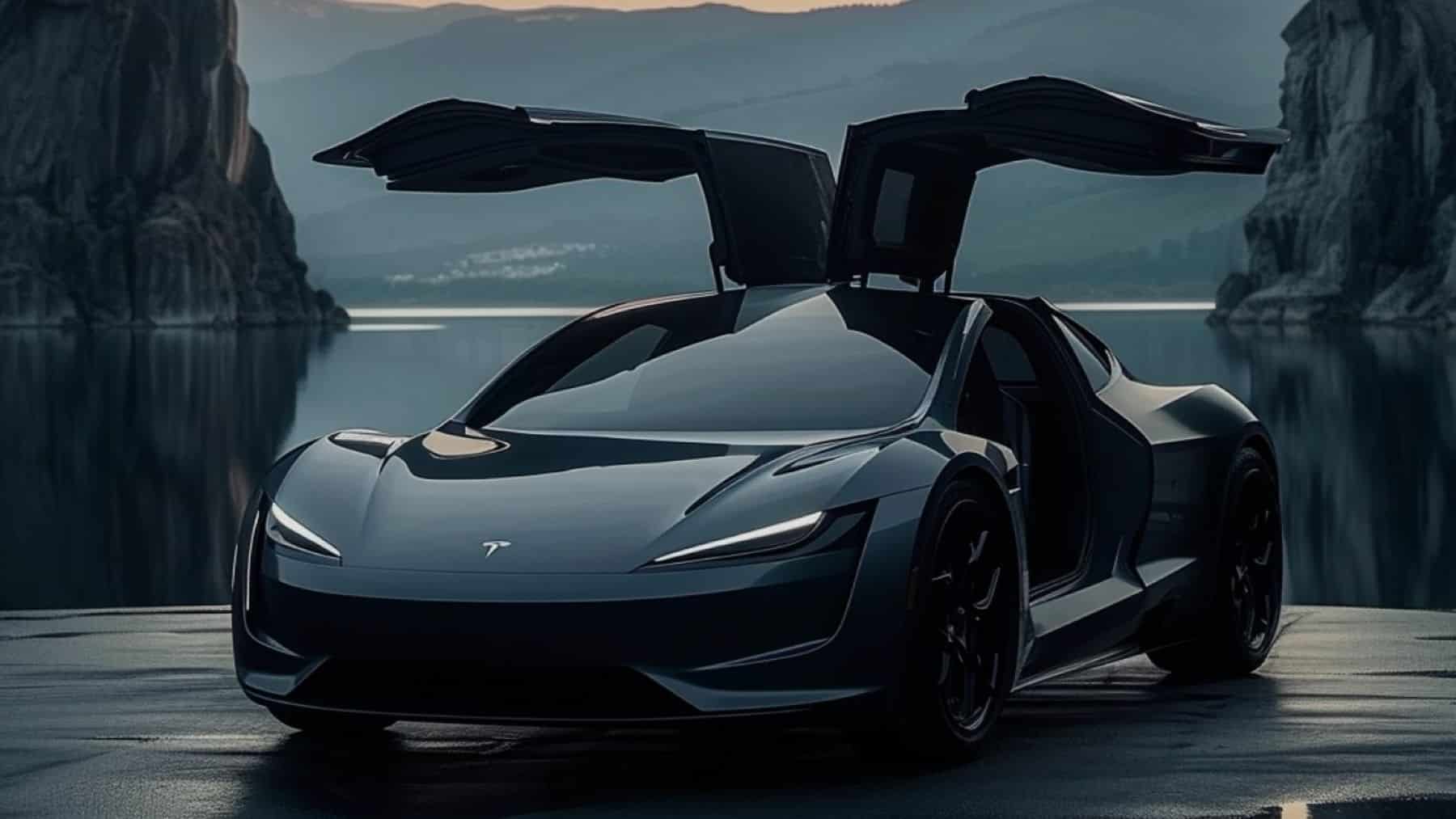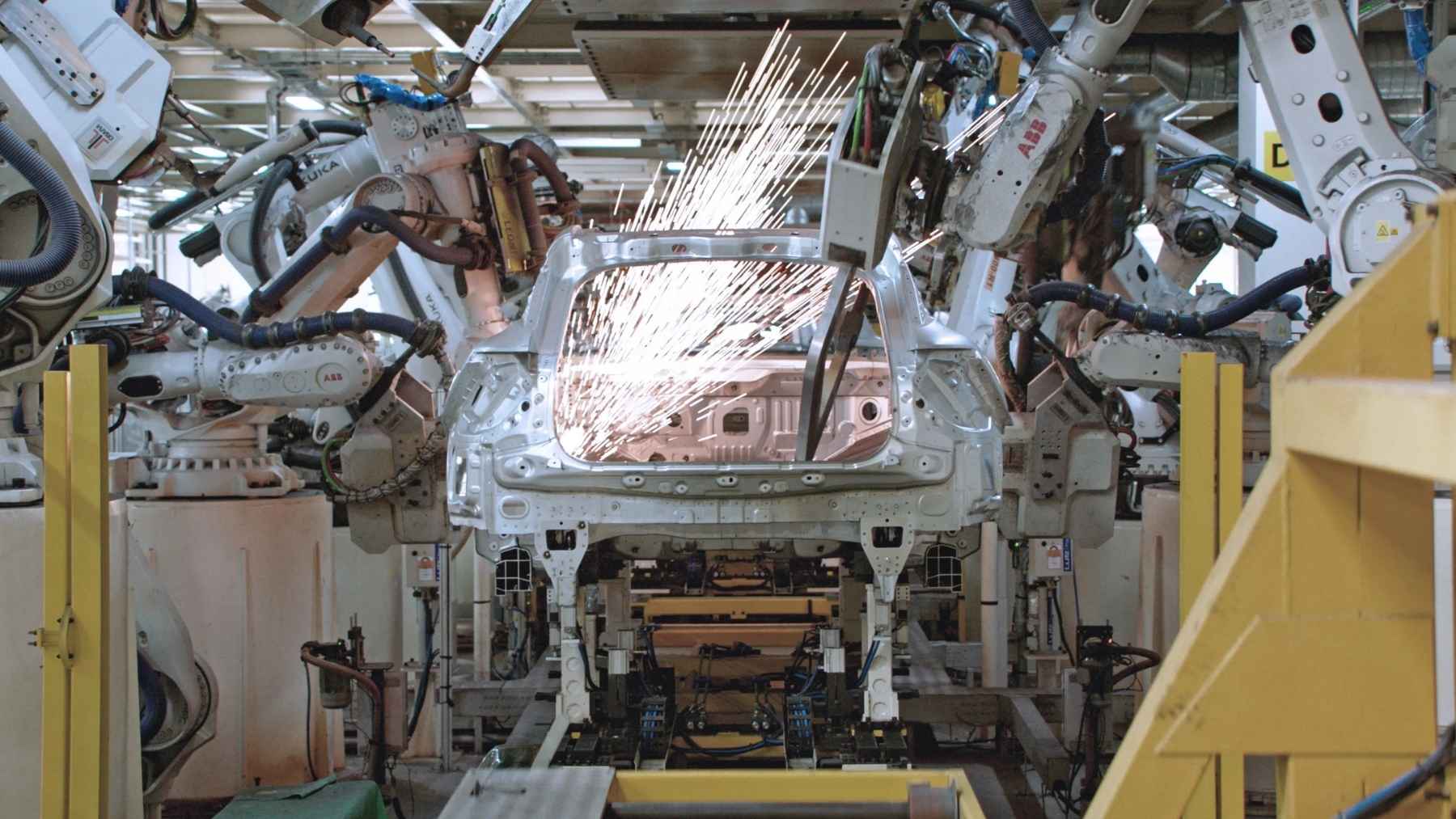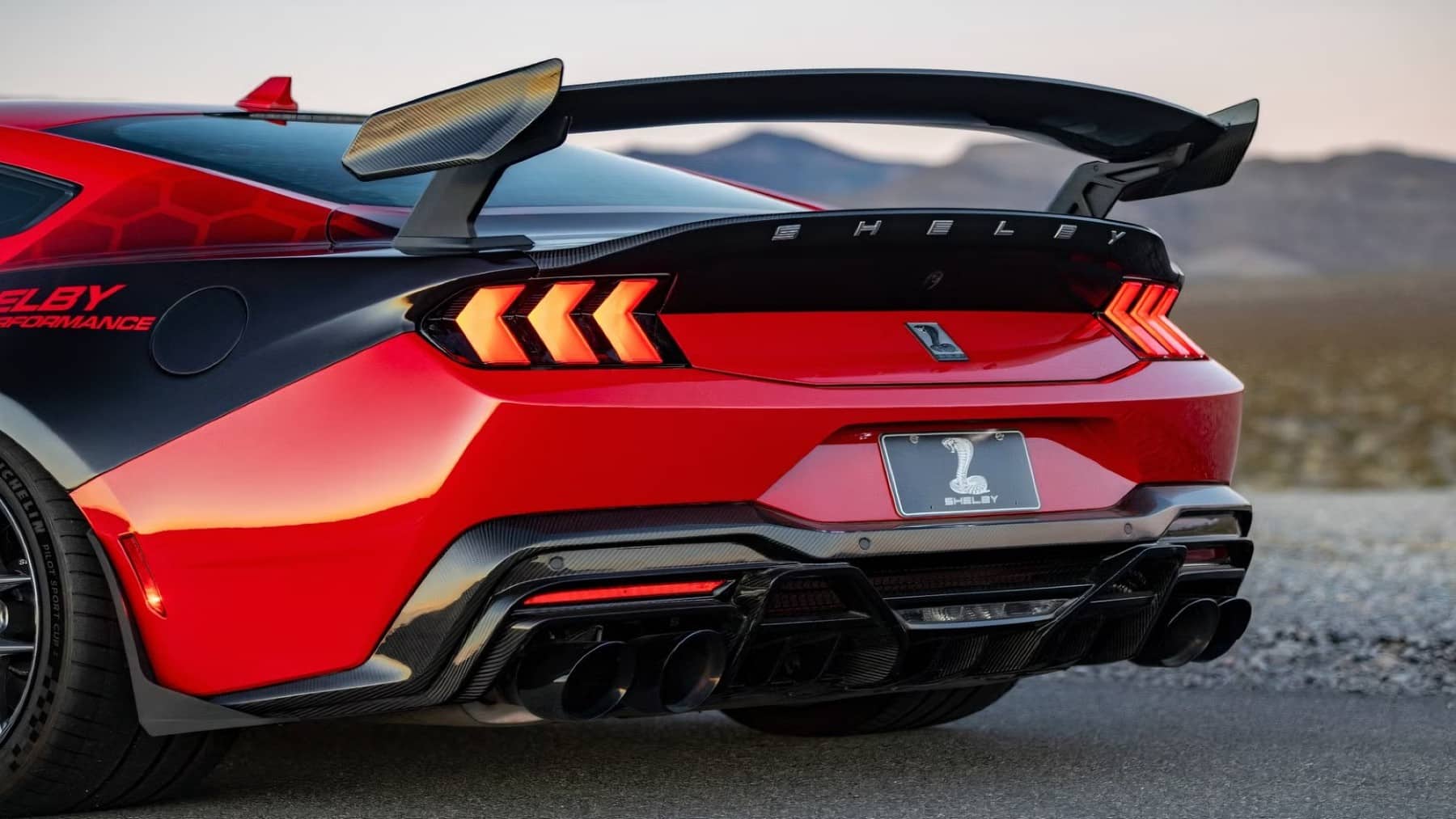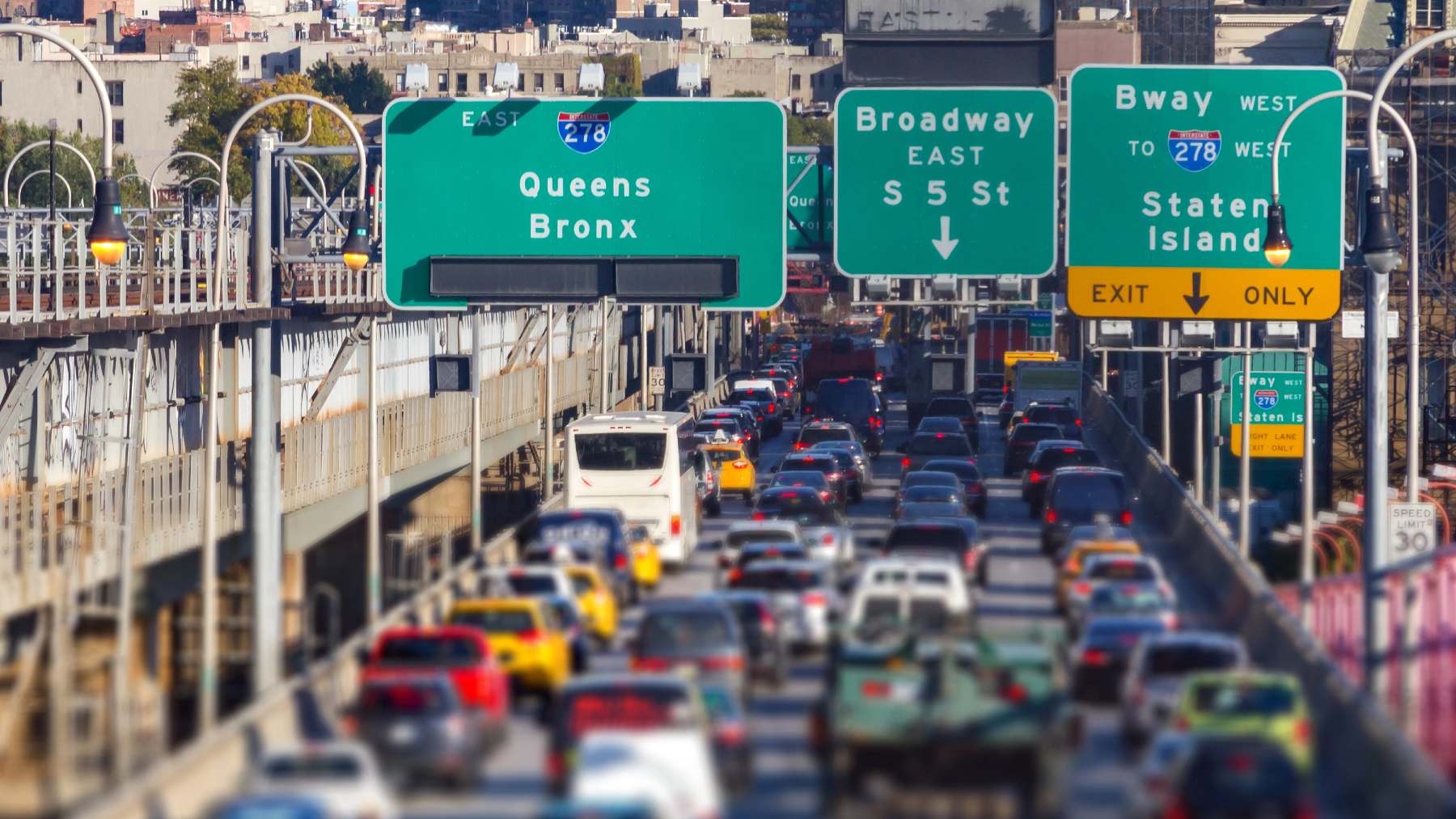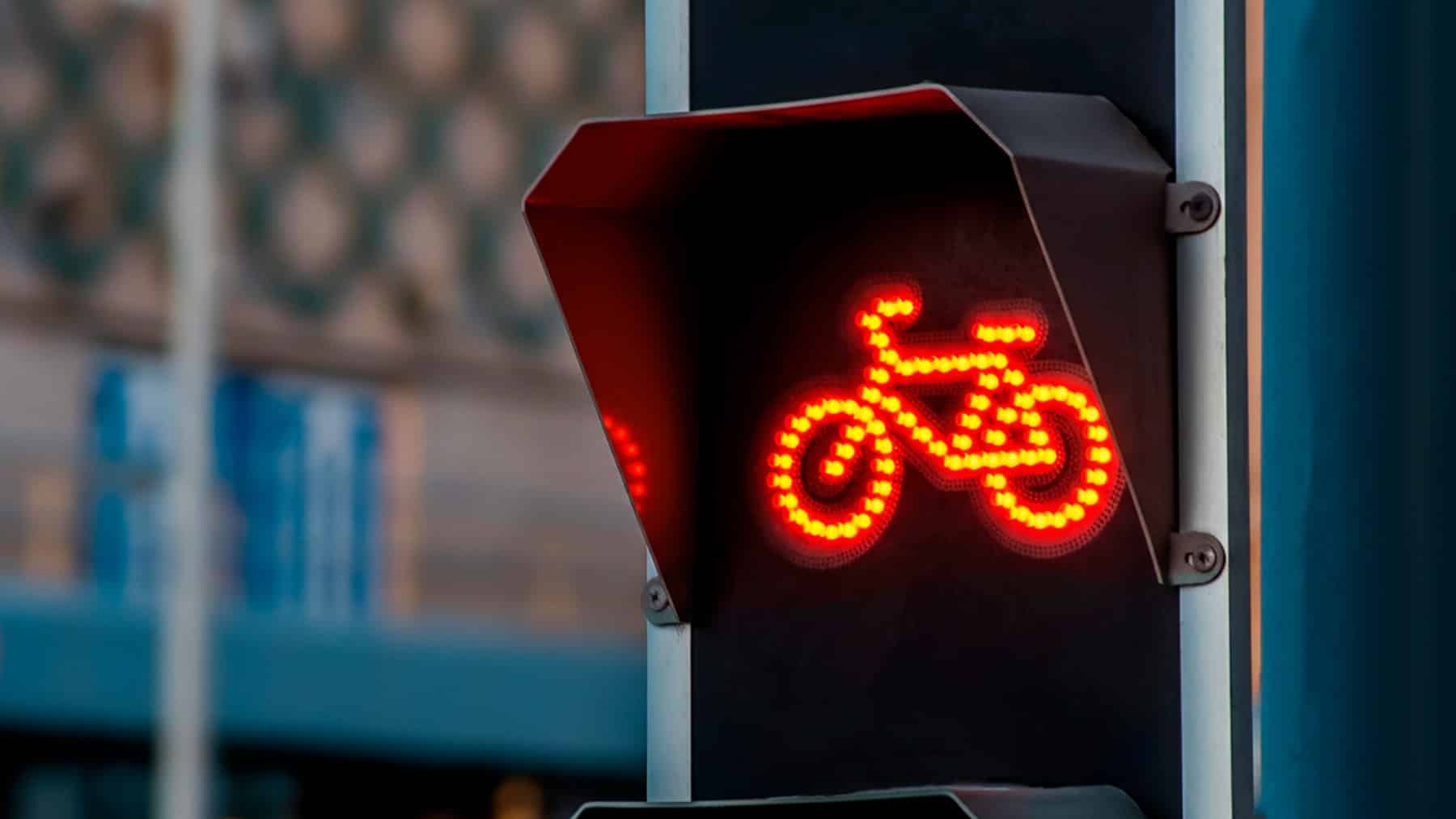Flying cars have been a fascination for individuals for years. While regularly being a part of films and science fiction, they have yet to become a reality on the road. However, increased innovation among automobile players has meant that we may be one step closer to this dream being seen on the roads. Major automobile company Tesla has long been advancing the capabilities of engines and vehicles, pushing boundaries and making futuristic developments a reality. Now, they may be the first to produce a flying vehicle.
Flying cars: a possibility?
While it may still seem like an impossibility, several companies have already been making prototypes to produce flying vehicles. Most of these vehicles operate similarly to helicopters, where they lift vertically off the ground before transitioning into forward flight. While not quite offering the same flight pattern as the car from Back to the Future, these vehicles would revolutionize urban transport if they moved beyond the prototype phase into full-scale production.
However, a flying vehicle is no small feat, and the technology presents difficult challenges before being able to move into a feasible model to be offered to consumers. If such a model were to become a possibility, not only would it most likely be incredibly expensive, but it would also present major regulatory challenges, meaning that the entire urban transportation system would need to be re-envisioned and redesigned.
Musk says the newest Tesla may be able to fly
Ever the innovator, the CEO of Tesla, Elon Musk, recently alluded to the idea that some of Tesla’s models currently still in the design phase may have flying capabilities. As CEO of both Tesla and SpaceX, the new Roadster vehicle may draw upon both these resources to produce a vehicle that has some sort of flying capability. The new Roadster has been a much-anticipated vehicle, especially considering we may finally see a car on the road that can have lift off.
“…new Tesla Roadster can fly,” said Musk on an X post in June, 2024
While this may come as exciting news to come, it is important to remember that Musk, constantly driving forward-thinking, can sometimes overestimate the capabilities of current technology as well as the human error factor. This has lately been seen in Tesla’s autonomous driving, where the technology is sound, but the reality of drivers on the road in practicality means that the technology has struggled to be a success.
However, not to be despondent, both Tesla and SpaceX have achieved phenomenal feats despite being told their designs and ideas are impossible in practicality. Tesla not only revolutionized the electrical engine but also made it desirable to consumers around the world. Further, SpaceX, as a private company, has reached significant heights in terms of space travel, including being the very first private company to successfully launch, orbit, and recover a spacecraft as well as send the first privately-crewed mission to the International Space Station.
Is China one step ahead of Tesla?
While the prospect of a flying Tesla is exciting, Chinese automakers are already one step ahead of the American market. Chinese company Xpeng AeroHT recently unveiled its own flying model prototype, the Land Aircraft Carrier. The hybrid vehicle is allegedly set for mass production in 2026, costing approximately $280,000. The car already has about 2,000 pre-orders.
To see futuristic innovation from all corners of the world means that we may see a flying car become a reality sooner rather than later. As the world pushes towards technological innovation, futuristic mobility solutions are not just limited to alternative engine solutions but are also geared towards reducing traffic congestion and redefining the limitations of urban transportation. While challenges do remain, they are being combated with serious research, resources, and investment.
